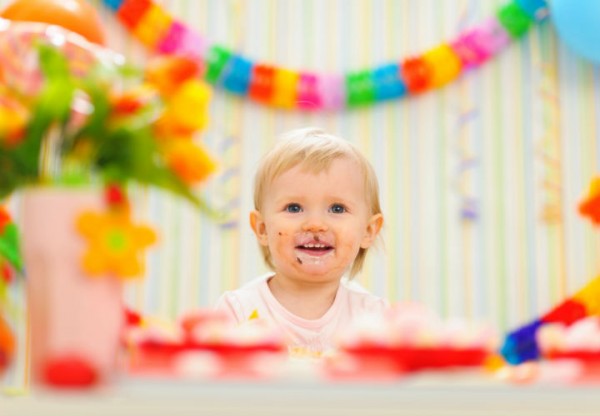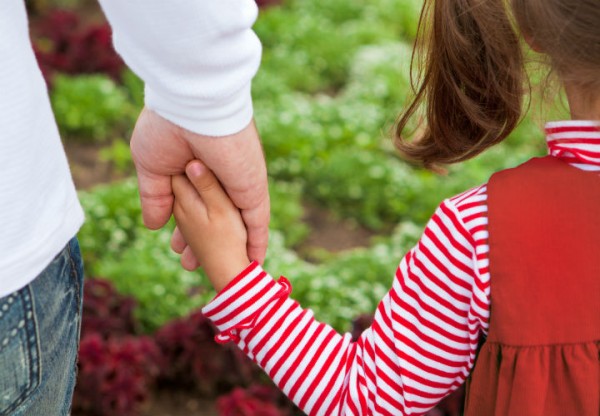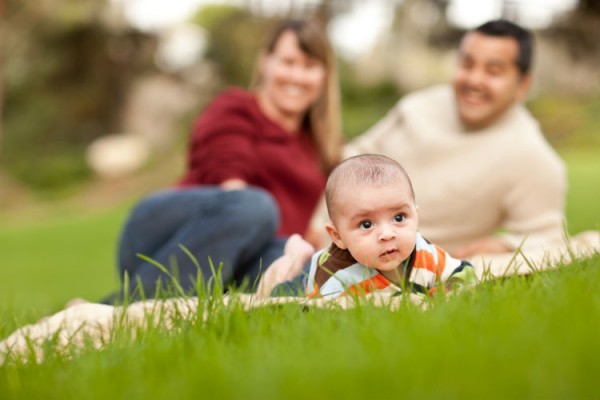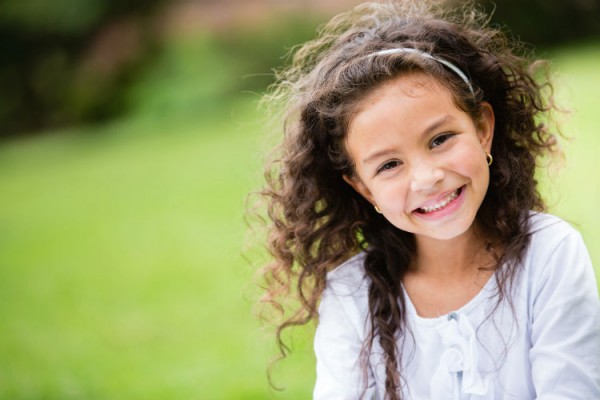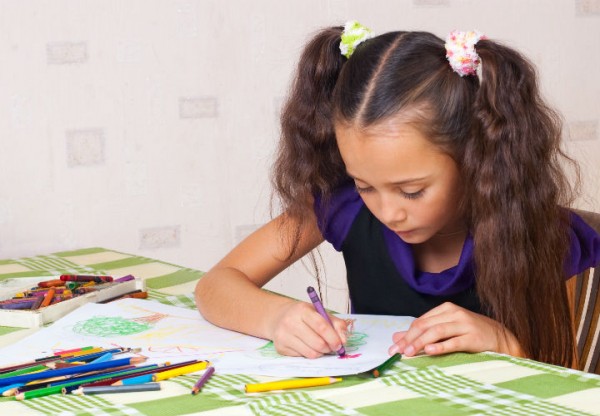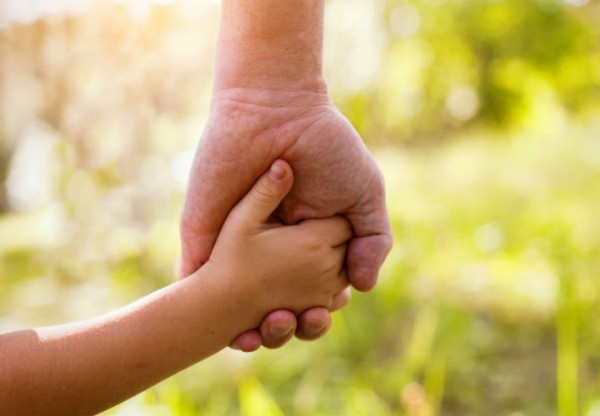Adoption has changed immensely in recent years. Open adoption is a fairly new concept that many people have misconceptions about or do not understand. While some argue that open adoption causes more harm than good, open adoption has become more common over the years. This guide covers the history of open adoption. Many of the pros of open adoption are discussed in this guide as well. This guide was written with both the biological and adoptive families in mind. While this guide helps clarify contact decisions for adoptive/biological families, every decision comes down to what is in the best interest for the adoptive child.
Are you interested in growing your family through domestic infant adoption? If you would like to speak with an adoption professional about your adoption options, click here.
